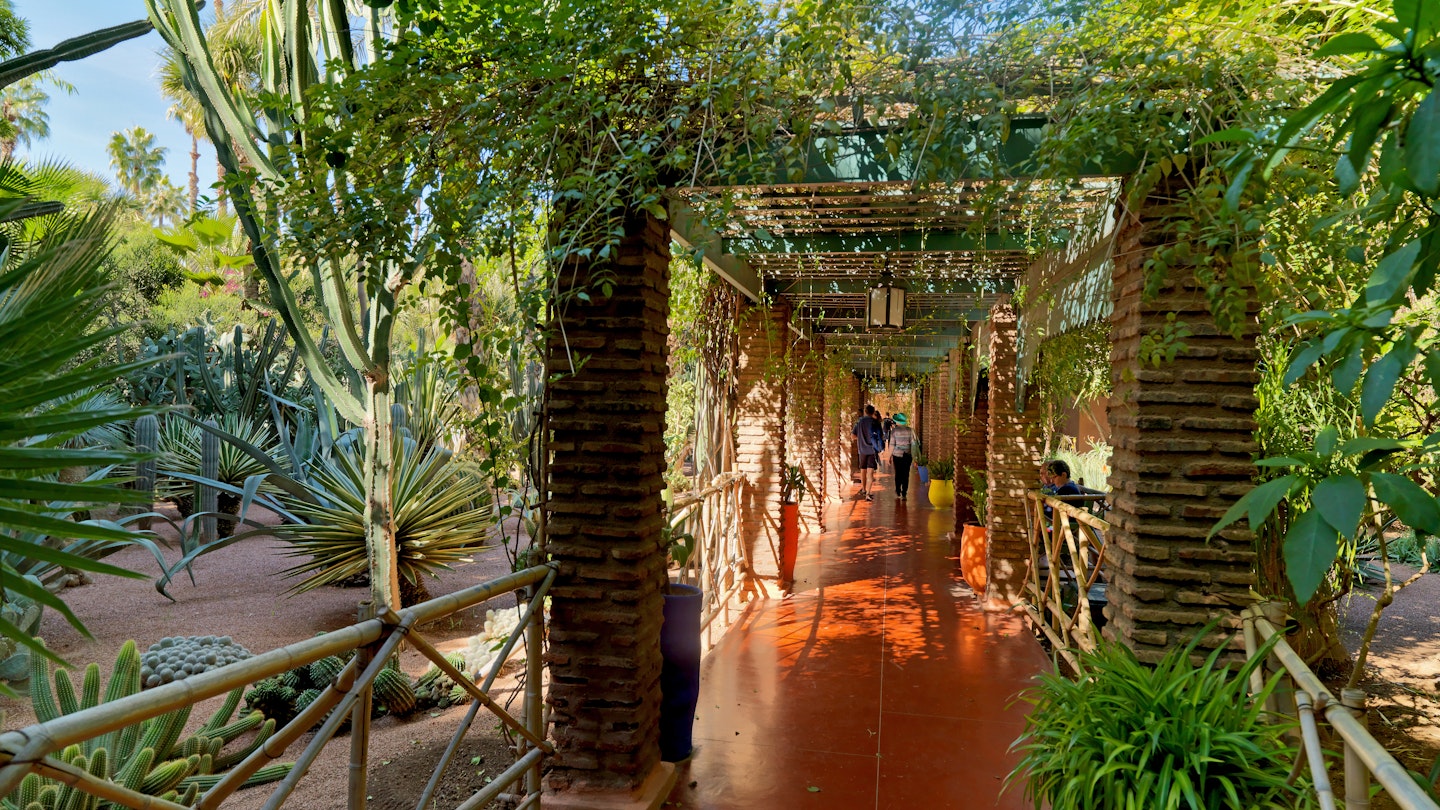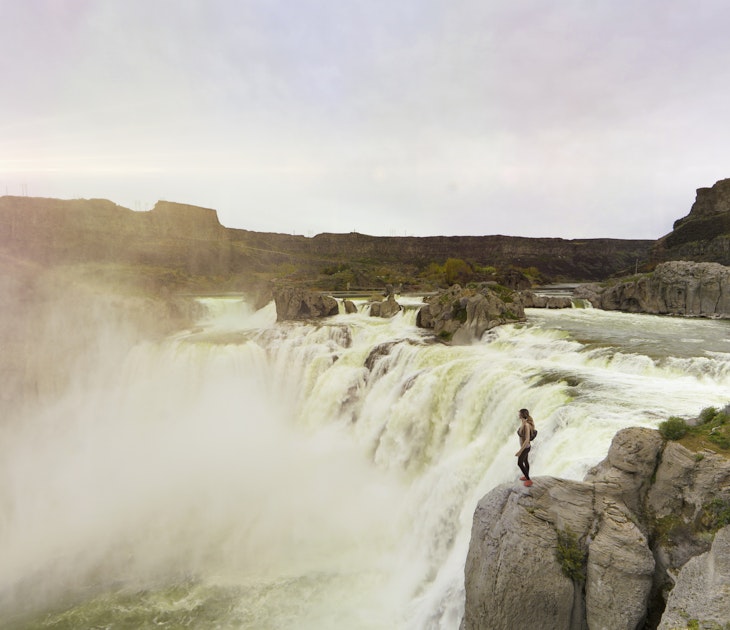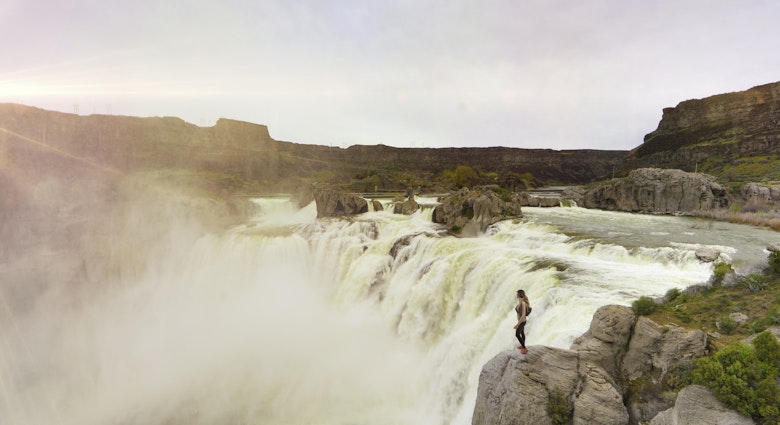Stop and smell the roses. And the jasmine, the frangipani and the lavender, too.
At these verdant sanctuaries around the world – all featured in Lonely Planet’s The Joy of Exploring Gardens – travelers can experience a connection to the natural world, giving us the serenity we need for the adventures we crave. Stumbling upon one of these gardens while traveling far from home can be an exciting discovery; visiting them intentionally allows you to better understand the places they embody.
From an airport garden in Singapore to a perfumer’s paradise, a sea of bamboo to a local neighborhood gem in Sydney, here are 11 of the most charming, beautiful and meaningful gardens in the world.

1. Anji Bamboo Sea, Zhejiang, China
An emerald-colored canopy of bamboo provides cover as you walk down a stone path that leads you deeper into this serene mountain area. In eastern Zhejiang province, which has one of the largest of these forests in China, these woody grass stalks have been growing for over 7000 years. In the 1990s, a 230-sq-mile (600-sq-km) of this region was designated as the Anji Bamboo Sea – and while it might not look like your average garden, this wild ecological preservation area is full of over 1400 species of natural, mountain bamboo groves.
In addition to the feast for their eyes, tourists can enjoy an adventurous zip line and glass bridge. If you want to feel like you’re completely alone, there are plenty of opportunities to head down other paths where the only sounds you hear are birdsong and the rustling of bamboo in the breeze.
When to go: Bamboo is evergreen, so the Anji Bamboo Sea can be visited year-round. The best season is from March to May, when new growth is sprouting and before the crowds of summer descend. This is also the best time to taste fresh, stir-fried bamboo shoots, a local delicacy.
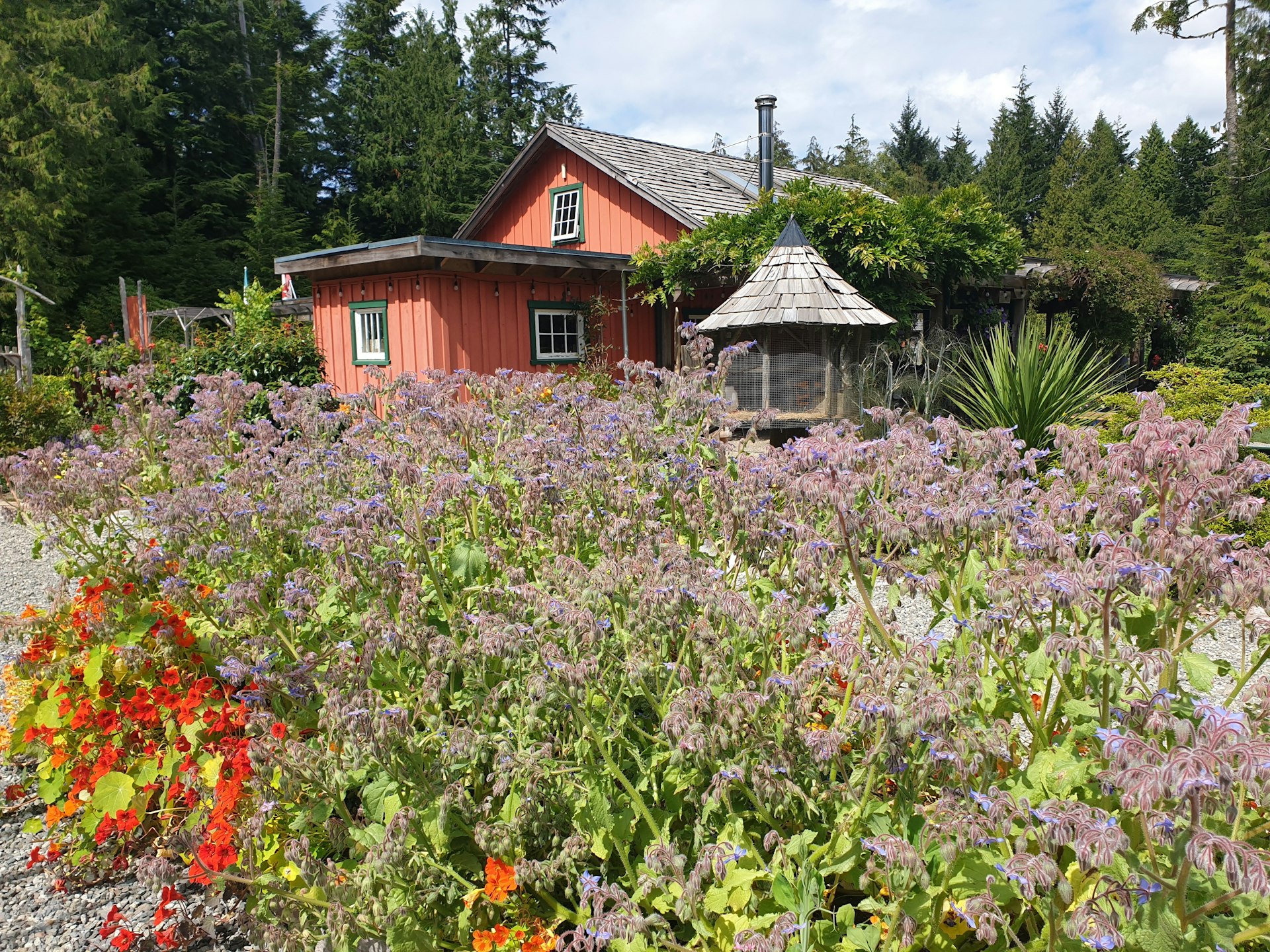
2. Naa’Waya’Sum Coastal Indigenous Gardens, British Columbia, Canada
Run by the Tla-o-qui-aht First Nation of the Nuu-chah-nulth peoples, the Naa’Waya’Sum Coastal Indigenous Gardens center this culture’s approach to nature. Even in its Indigenous name, which derives from the traditional Nuu-chah-nulth word for the cedar benches used for sharing knowledge between older and younger generations. You can expect to learn yourself, with gardens that highlight the traditional plants and culture of this region, together with a program of Indigenous-led activities.
Given their new name when the land was returned to the Nuu-chah-nulth in 2022, the gardens are becoming a hub for Indigenous-led environmental change. As you wander the gardens’ paths, you may happen upon Nuu-chah-nulth carvers at work. At this ever-evolving site, visitors get a unique look into Indigenous culture, heritage and approaches to conservation.
When to go: The best time to visit is during the drier, sunnier months between May and early October; book accommodation in advance for July to September, Vancouver Island’s peak season. The gardens are closed in winter; check the website to confirm before planning your visit.

3. Jardin Majorelle, Morocco
French artist Jacques Majorelle envisioned this unique, vibrantly colored walled garden in his newly adopted home of Marrakesh – and created an oasis in the arid desert landscape. Majorelle draws inspiration from elements of traditional Islamic gardens, such as a saturated color palette, shaded areas and water elements like a long reflecting pond and bubbling fountain. Plantings include a bamboo forest, fan and date palms, and Monstera deliciosa that stand out against the cobalt blue Majorelle used as the estate’s signature color.
The contrast of vividness and serenity caught the eye of fashion designer Yves Saint Laurent and his business partner, who acquired the property in the 1980s after Majorelle’s death – ensuring Majorelle’s living canvas can be enjoyed for generations to come.
When to go: Come in April or May, when the bougainvillea and orange blossom flower, or in September, when the scent of jasmine fills the air. If possible, avoid the heat of high summer (June to August).
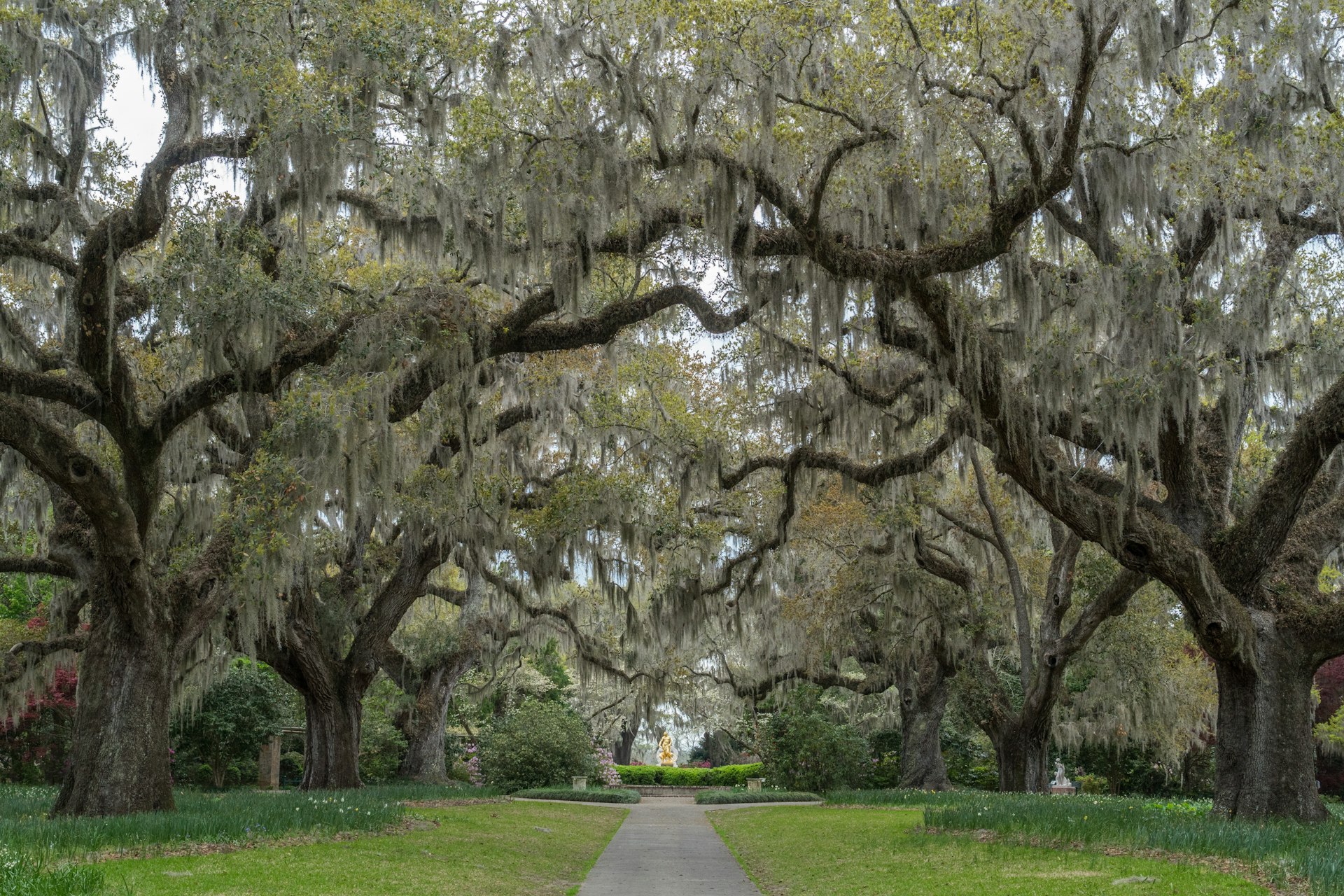
4. Brookgreen Gardens, South Carolina, USA
A Southern Gothic vibe merges with the natural elements of Brookgreen Gardens as you walk down an avenue of giant gnarly oak trees draped in feathery Spanish moss. At the end of the avenue is a statue of a young man wrestling with a wild horse – the perfect introduction to the largest collection of figurative statuary in the USA.
Founded by Archer and Anna Hyatt Huntington in 1931, the garden encompasses South Carolina Lowcountry salt marshes, live oaks, longleaf pines and heritage sites of the Gullah Geechee people. The 9000-acre compound also hosts botanical gardens, art galleries, a historic trail and even a zoo. The Lowcountry Trail is an immersive boardwalk journey along which you’ll learn more about the Gullah Geechee people (Gullah in South Carolina, Geechee in next-door Georgia), the descendants of enslaved people from west and central Africa who worked on plantations in the region.
When to go: The garden hosts Nights of a Thousand Candles, a fabulous holiday display, Thursday to Sunday evenings in December; reserve ahead. Azaleas begin to bloom in March and April. Other spring blooms – daffodils, roses, dogwoods – put on a brilliant show through May with magnolias soon to follow.
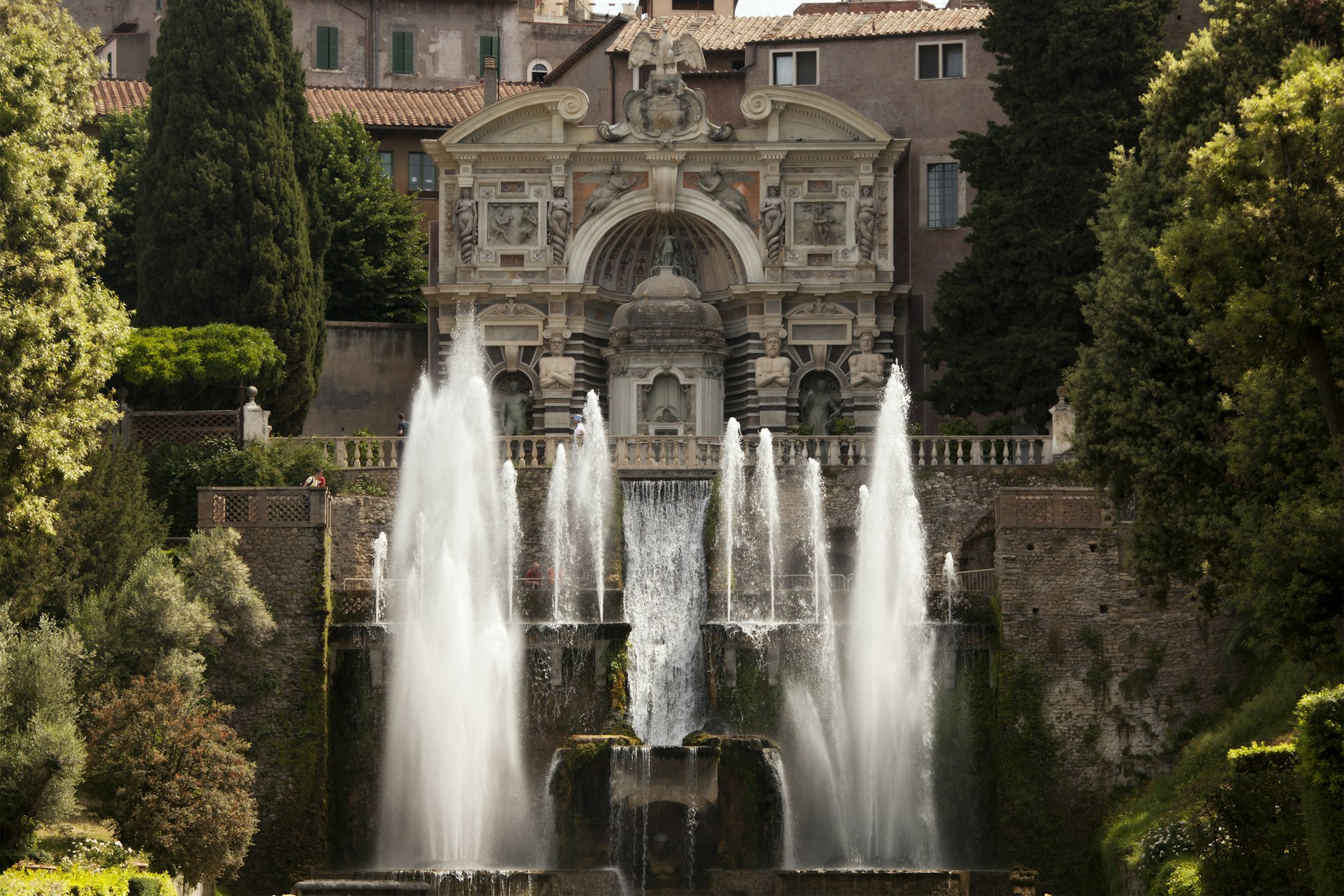
5. Villa d’Este, Italy
The beauty of this Italian Renaissance garden has inspired artists over the centuries: among many others, Fragonard, Corot and Turner all painted or drew it. Sassoon wrote a poem in its honor. And the tinkling sounds of its fountains and waterfalls inspired Liszt to compose three famous works for piano. These and other creations pay testament to the fact that this World Heritage–listed 16th-century garden has a beauty that makes the spirit soar.
After Cardinal Ippolito II d’Este failed in his bid to become Pope in 1549, he relocated from Rome to the small town of Tivoli to take up an appointment as governor. In these somewhat ignominious circumstances, Ippolito decided to occupy himself with an ambitious project that he thought would make visitors marvel. And indeed, contemporary visitors usually feel a jolt of amazement when first taking in the steep terraces and multitudinous water features of Ippolito’s creation.
When to go: The most colorful month to visit is May, when the roses and wisteria bloom at the same time. Water mist from the garden’s myriad fountains makes this a delightfully cool retreat from June to August. It can be very cold here from December to February.
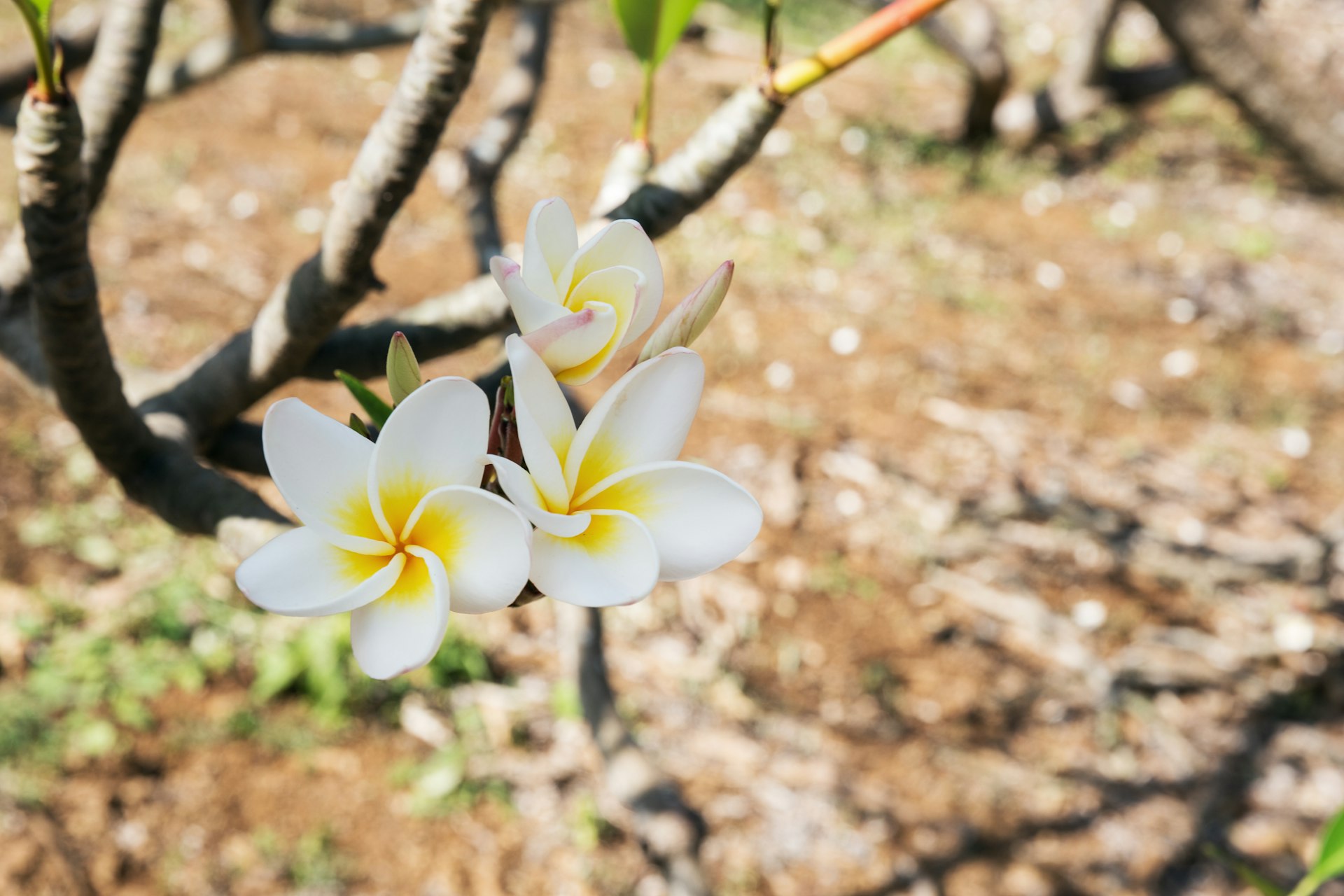
6. Koko Crater Botanical Garden, Hawaii, USA
On the 2.3-mile (3.7km) loop trail inside Koko Crater on O‘ahu, you’ll find tropical colors, intense fragrances and bizarre shapes that intrigue the senses, from yellow and pink plumeria to bat-pollinated African sausage trees and sprawling octopus cacti. The plant collections here take up 60 acres (24 hectares) of the volcanic crater, with its rim towering high all around. The relatively easy, family-friendly track climbs gently into, then around, the crater, beginning with a trail through the spectacular plumeria grove.
While plumeria (also known as frangipani) is not be native to Hawaii, it is Hawaii that made this sweet-scented, delicate-looking flower its own by presenting plumeria leis (garlands of flowers) to visitors in the early days of the tourism industry. When Hawaii’s own William Moragne discovered how to cross-pollinate plumeria in 1953, he produced a proliferation of glorious new colors and scents that soon associated plumeria with the growing excitement of travel to the Pacific archipelago. Koko Crater’s stunning collection is arranged by color, from whites, yellows and pinks to deep reds.
When to go: While the gardens are lovely year-round, plumerias bloom from April to September, and bougainvillea from September to April.
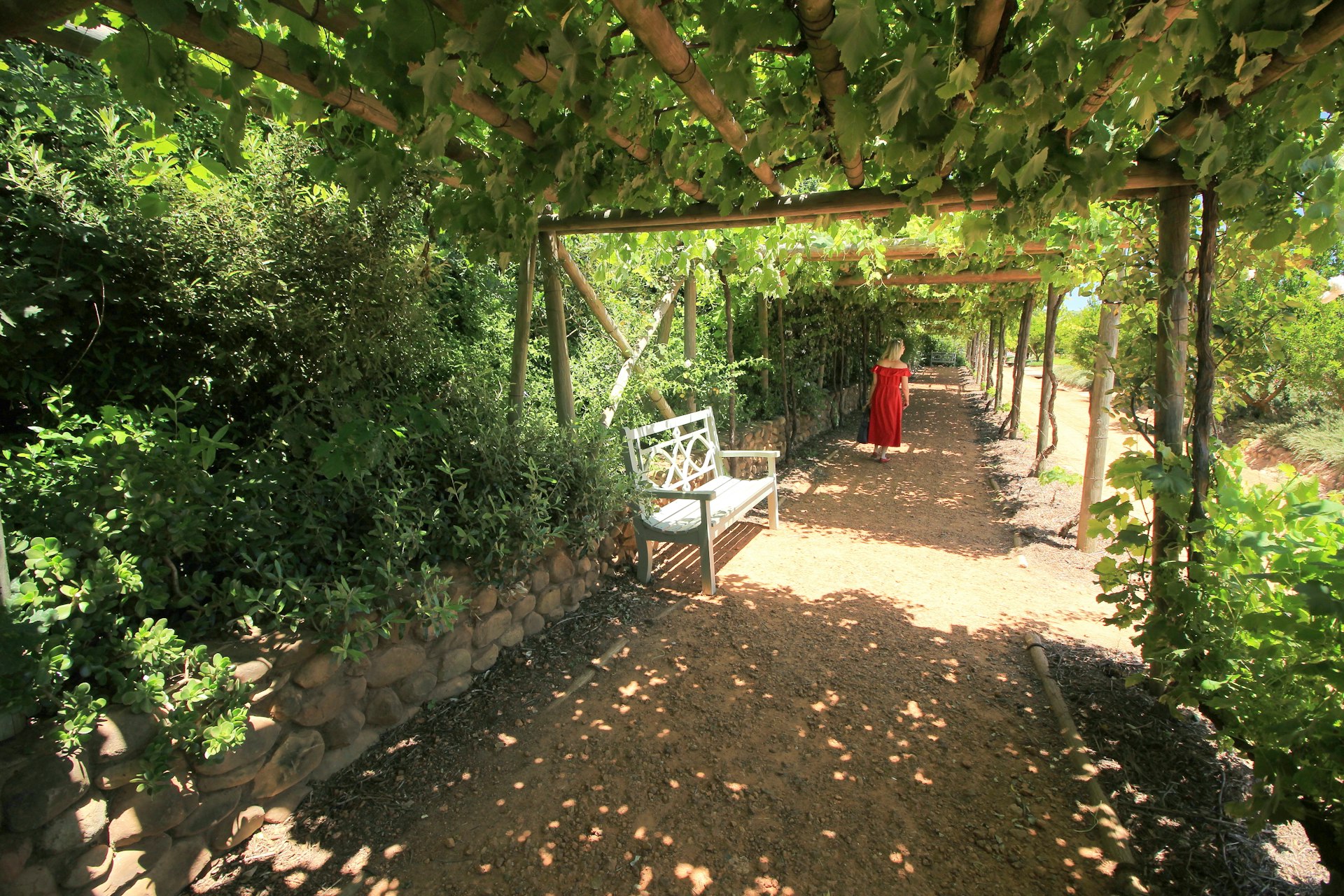
7. Babylonstoren, Western Cape, South Africa
Gentle slopes; ponds populated with edible lotus, water lilies and indigenous plants; and the sounds of water trickling from nearby streams help ease you into the variety of gardens at Babylonstoren. These include a citrus garden decorated with Delft-inspired tiles and lines from an Afrikaans poem; kitchen gardens; and walkways that lead to vegetable patches, fruit orchards and nutteries.
Taking inspiration from historic gardens around the world, Babylonstoren is one of the oldest working farms in the Cape Winelands. There’s so much to see here that it’s worth an overnight stay, where you can wake up to see 200 or white Pekin ducks released from their pens, waddling their way through the garden and down to the orchards and vineyards.
When to go: Target January and February for peaches, nectarines, prickly pears, figs and grapes; March and April for pomegranates and olives; mid-September for clivias; and late October and November for roses.
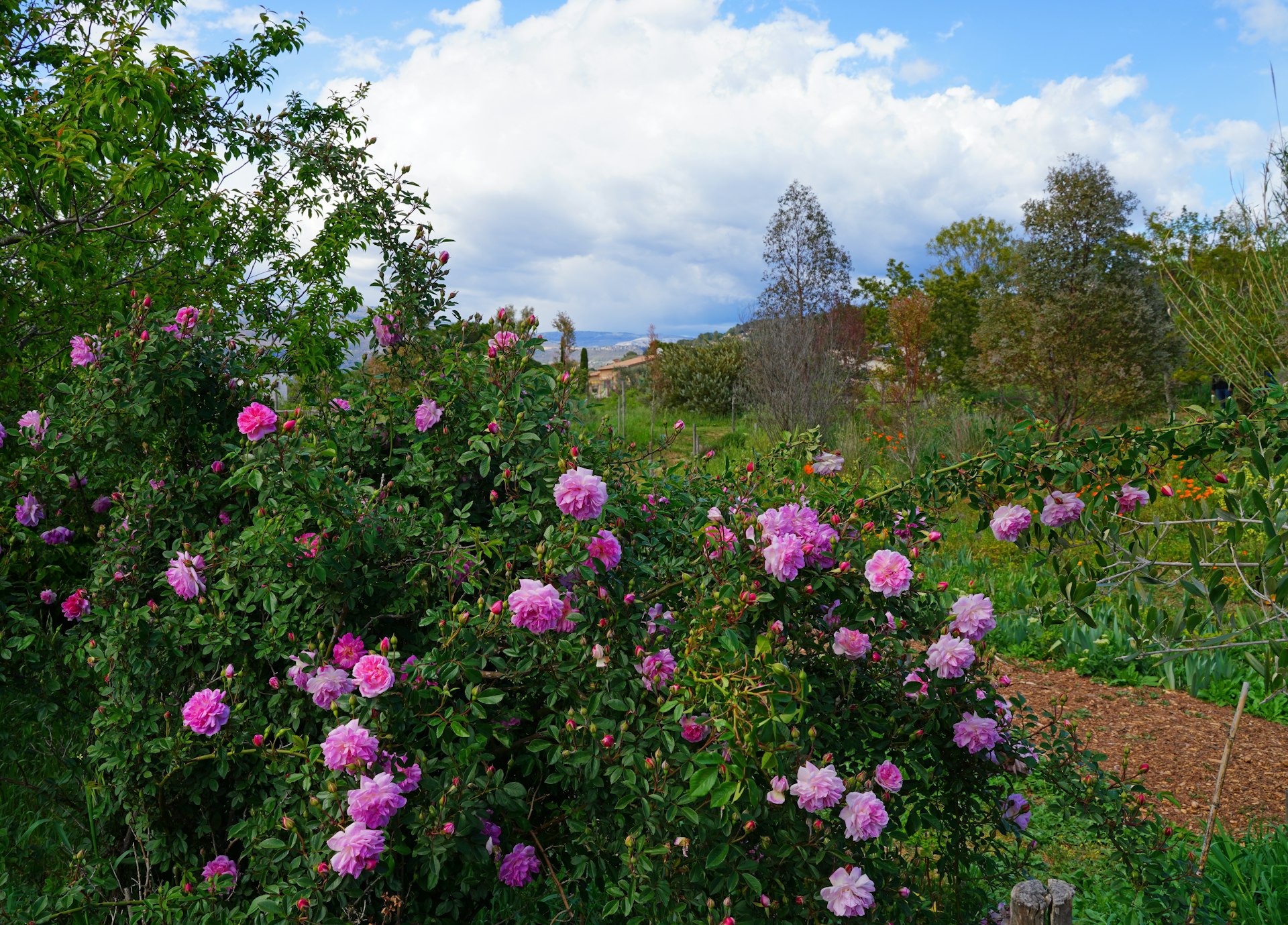
8. Jardins du Musée International de la Parfumerie, France
If you want to smell the essence of every French perfume in one garden, look no further than Les Jardins du Musée International de la Parfumerie in Provence. Meadows upon meadows of pink, white and red flowers; aromatic bushes; and trees will greet you – along with the famous honeyed scent of centifolia roses. Some 800 species of plants will engage nearly all of your senses as you look at, rub, touch and sniff jasmine, rose, tuberose, violet and mimosa.
Along the parcours olfactif (olfactory trail), inhale deeply as you savor a rich cocktail of scents that blends citrus, woody, floral, fruity, musky, amber and spicy notes. Herbaceous notes in the aromatics section come next. Haute-couture fashion houses such as Christian Dior and Chanel still extract essences for their luxury perfumes from the farms here, while farmers pick up to 16,000 flowers a day to dry in the traditional way.
When to go: The garden’s field of centifolia roses is at its finest late April to early June. Jasmine, violets, tuberose, orange blossom and serried rows of purple lavender flower at this time, too.
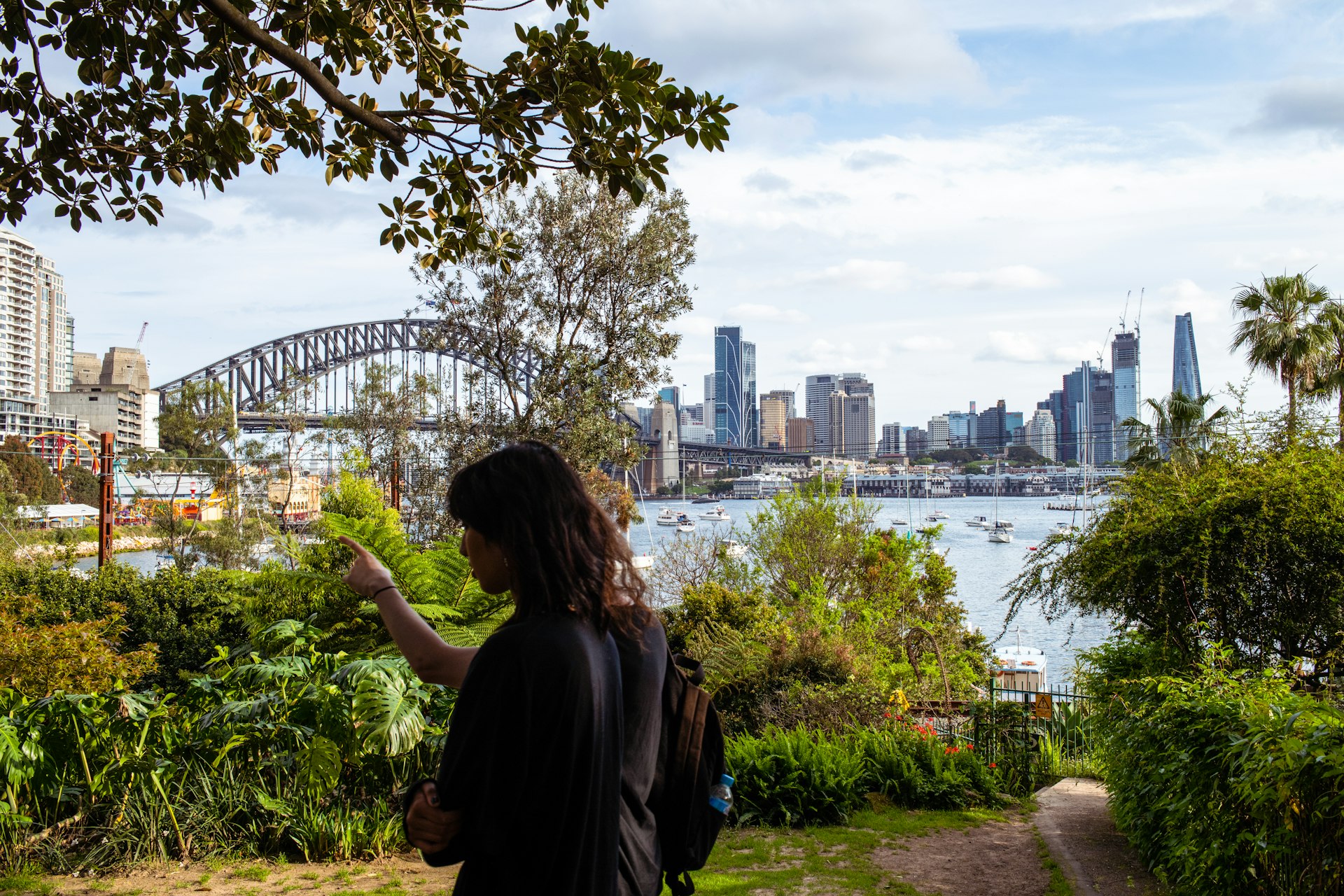
9. Wendy’s Secret Garden, Australia
Wendy Whiteley transformed a trash heap on a piece of unused railway land in central Sydney into an urban oasis. Her guerrilla garden – created without a plan, on land she didn’t own, and without permission – is now one of the city’s most magical public spaces. Whiteley started the garden after her husband died: in her grief, she began to clear the plot of abandoned railway land adjacent to their home. Guided only by aesthetics and instinct, she planted the slopes with fig trees, bangalow palms, fuchsias and golden wattle, jasmine, ferns and trumpet vines. When Whiteley’s daughter died of cancer in 2001, the garden became even more of a respite for her.
No longer quite a secret, the garden is still something of a hidden gem, known mostly by residents of Sydney’s lower North Shore. Visitors can wander between sun and shade, choosing which zigzagging path to follow as they admire artifacts ranging from sculptures by well-known artists to old wheelbarrows and children’s toys.
When to go: September to November are the spring months, an especially pleasant time in the garden.

10. Arctic-Alpine Botanic Garden, Norway
It seems that few plants would be able to grow some 217 miles (350km) above the Arctic Circle. And yet the Arctic-Alpine Botanic Garden in far-north Tromsø, Norway provides you with the colors and scents of a summer’s day. Rhododendrons grow among rocky slopes. Primulas, gentians and auriculas sprout between boulders. Buttercups, anemones, windflowers and saxifrages bloom until the first snow arrives in October. It’s a mentally jarring experience to be surrounded by such color and growth and see a fjord just beyond the garden.
There’s a plant from every continent here – including the rare Himalayan blue poppy. Indeed, it’s one of the few gardens on Earth where the world’s northernmost and southernmost plants bloom together. In summer, you can have picnics, or stop for coffee and waffles at the garden’s cozy cafe. If you’re there during northern-lights season, there’s a good chance you’ll catch them sparkling above the scientific garden, creating an otherworldly experience.
When to go: The garden shows off its best colors in midsummer (mid-June to mid-July); spring (March to May) and autumn (September to November) are very pleasant too. For the northern lights, November to February is peak aurora season.
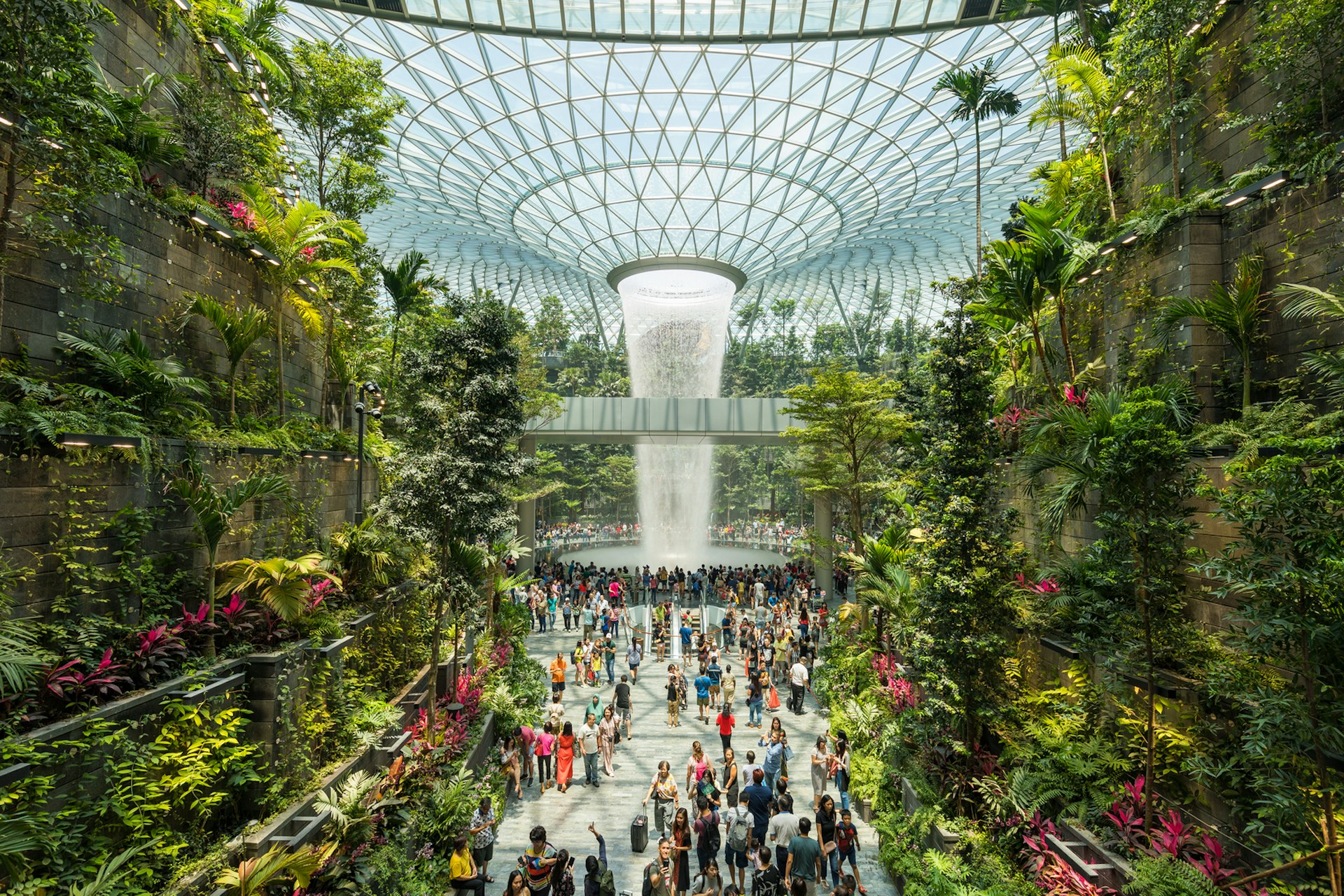
11. Jewel Changi Airport, Singapore
A glorious garden in an airport? It’s difficult to beat the wow factor of the Rain Vortex at the heart of Singapore’s Jewel Changi Airport. The world’s tallest indoor waterfall, the water plummets an astounding 130ft (40m) through the air out of an oculus in the glass roof. Surrounding the rain vortex is the Forest Valley, where over 900 tall trees and palms and 60,000 shrubs sprout out of and flow over four floors of this shopping mall attached to the airport concourses. You can even wander along one of two cobblestoned trails through the multi-level Forest Valley.
If you’re up for adventure, then head to Canopy Park on the mall’s top floor, where you can walk across the Canopy Bridge suspended 75ft (23m) above the ground. Here, separate gardens are designed for fun, including the Hedge Maze, where motion-sensor-activated flowers pop out from leafy walls; a Petal Garden with seasonal blossoms from all over the world; and a topiary walk featuring sculptures of animals like a peacock with a feathered tail of orchids. Here, layovers are the opposite of a drag.
When to go: This indoor climate-controlled garden appeals at any time of year. Around festive seasons, such as Christmas and Chinese New Year (end of January/early February), as well as the June holiday, special themed displays and extra activities take place throughout the mall.
